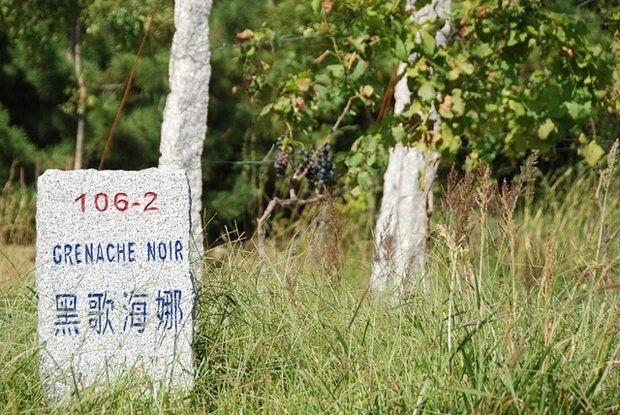
Experts believe that wineries in China, such as the Denglong Winery in Yantai-Penglai in Shandong pictured above, need to be knowledgeable beyond their own vineyards if they are to succeed in wine tourism. (Flickr/Bert van Dijk)
Wine tourism started taking off in China three years ago, but it needs more than just good wine to succeed. According to Chinese news site CRI Online, European Federation of Origin Wines President Riccardo Ricci Curbastro spoke at a recent conference on what China needs to make its wine tourism endeavors thrive.
“Wine is a part of many countries and cities’ long histories, and the history of each city is different. China needs to capitalize on its unique wine history and culture to stand out,” says Curbastro, speaking at the 11th International Conference on Grapevine Breeding and Genetics held in Beijing from July 28 to August 2.
Curbastro also said that when wine tourism markets are young, they need governmental support to nudge travelers out of their comfort zones to try out this new experience. Meanwhile, Chinese wineries need to also realize that cultural aspects, such as the Great Wall of China's crucial role in local viniculture, play an equally important in wine tourism.
China’s wine tourism also needs to recognize the importance of “secondary services,” such as being knowledgeable about information beyond one's own vineyard, says He Jiaxu, general manager of Chinese wine Château SunGod Great Wall. “If one were to look at renowned Bordeaux châteaux and how they conduct wine tours, one would find that they would tie in seemingly unimportant details into their narratives,” says He. “For example, they would talk about their brands, but also include the history and perception of wine in general.” He says that this is the greatest difference between foreign and local wineries and how they conduct wine tourism.
He told CRI Online that wine tourism comprises three elements: stories of the brand origins and its name,
a description of the wine itself including a profile of the vineyard’s grapes, and secondary narratives such as production processes. These jointly work to capture the attention of the tourists, He says.
As China’s wine culture is fairly young, domestic producers lack the long-standing history that many European winemakers possess, Furthermore, Chinese wine tourists differ in their knowledge of what wine is. To cater to that, He says that large domestic wineries are customizing their tour packages, providing different levels of information for different types of tourists. For example, laymen would first be introduced to the history of winemaking, while wine experts are immediately introduced to the grape varieties of the vineyards.
For high-end tourists, He says that they would like the idea of a bespoke and exclusive tour. He recommends that wineries should make these travelers feel like the experience they receive at the vineyard should feel unique to them. These could include exclusive tours of the nurseries, or perhaps special catering and accommodation.